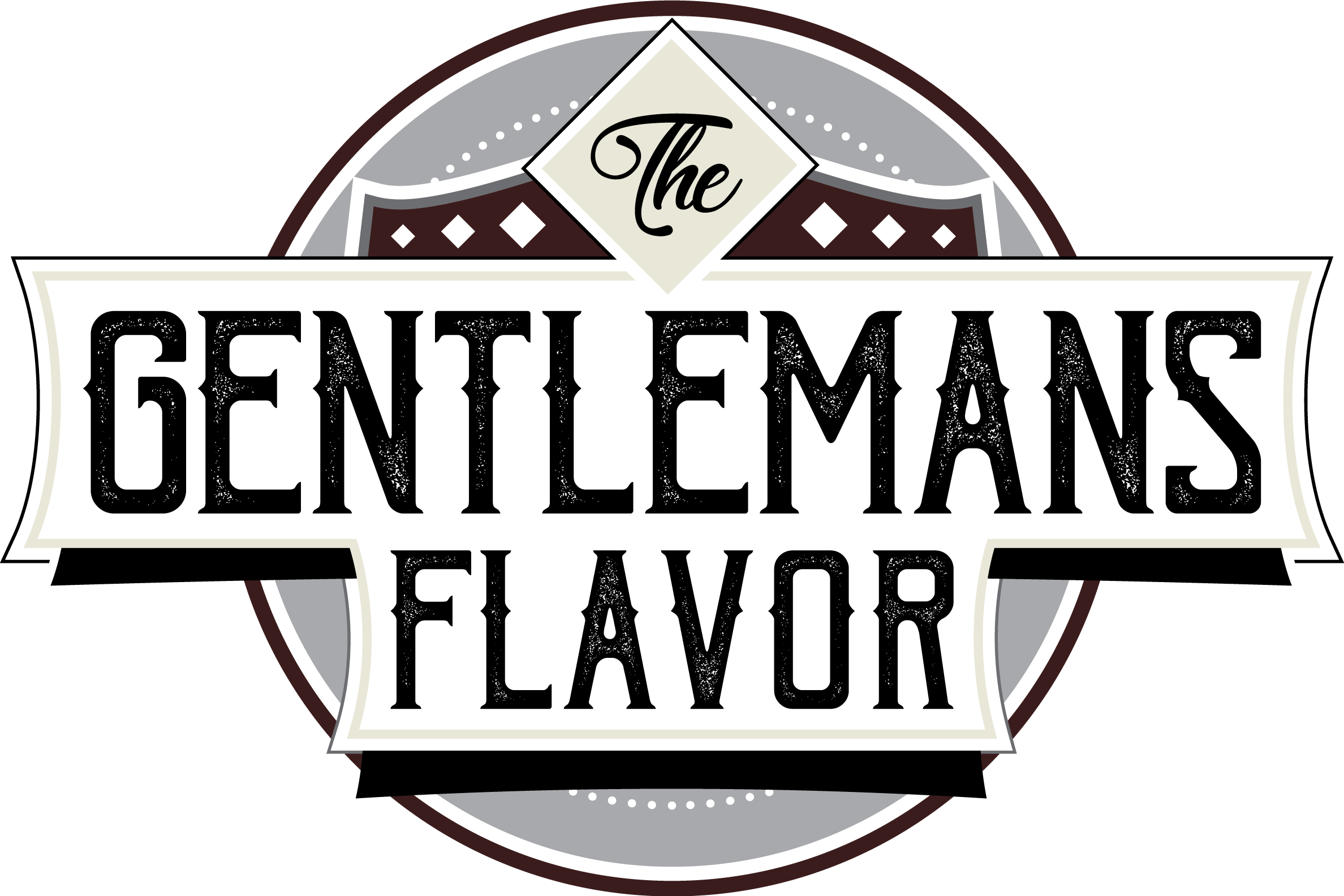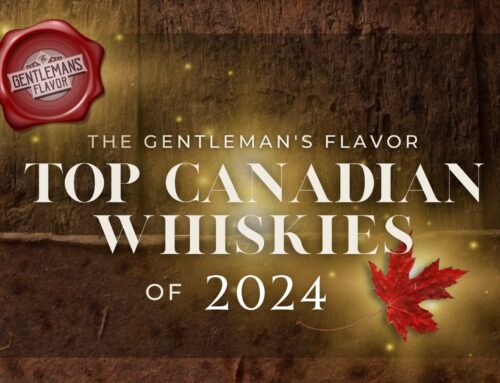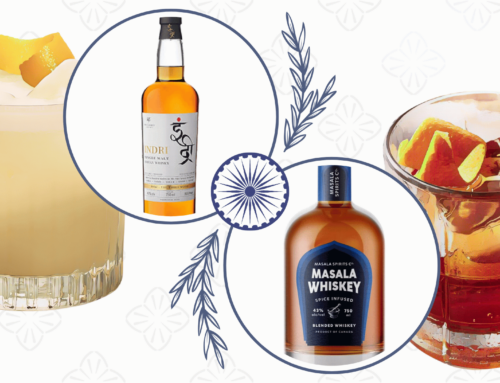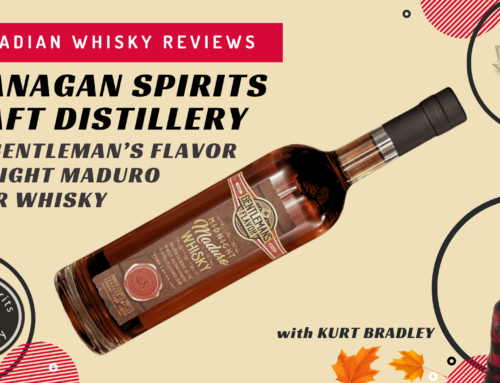A little while back, while out and about in downtown Toronto, I found myself out with a friend for some hipster tacos and overly complicated cocktails at a popular Queen St. West spot that she suggested we visit called Grand Electric.
To my surprise, I quickly discovered that not only did they purposely choose to not stock vodka, but they had actually repurposed old Stolichnaya bottles to house their homemade hotsauce – just to add insult to injury for anyone who likes their vodka like I do. At that point it came as no surprise that their bar was well stocked in all of the popular ‘darker spirits’ like tequila, bourbon, straight rye, rum and mezcal – with no vodka to be seen anywhere.
Earlier that afternoon, I had tipped back a few rum-based cocktails made with very involved processes at another spot, and actually now desired the refreshing zing and simplicity of a Moscow mule to cut the heat of the tacos, that were – in typical hipster fashion – overly savory and full of overly untraditional ingredients (pork belly, beef cheek, Sriracha etc.,) all competing for the attention of my overworked and somewhat exhausted tastebuds.
When it came to spirits, their statement was loud and clear – if it’s vodka you want, you best go somewhere else.
“Why the disdain for vodka?” I asked, only to have my friend quip, “Seriously, you can get that stuff anywhere. I’m sure you’ll be just fine without vodka Kurt”.
I ended up settling for a clear mezcal with a sharp, slightly grassy finish.
Clear Spirits: Haters Gonna Hate
Due to a skyrocketing popularity for darker spirits such as rum, bourbon and especially rye, it seems to me that the clear spirits – most notably vodka – have experienced a slight decline in popularity as of late (I say slight because it is still the most poured spirit the world over).
I feel this is due in part to their apparent lack of what is known as congeners and esters, which are chemical compounds that are responsible for the flavor and aroma within a spirit.
Whereas spirits like whiskey and rum are brimming with congeners and esters, clear spirits are not. Vodka is entirely devoid of them and many of its distillers staunchly view them as impurities.
I quickly discovered that not only did they purposely choose to not stock vodka, but they had actually repurposed old Stolichnaya bottles to house their homemade hotsauce – just to add insult to injury for anyone who likes their vodka like I do.”
Vodka
Vodka’s history can be traced back to locations such as Russia, Poland and Sweden, and really became popular in North America in the 1960’s as the perfect base for cocktails like the Vodka Martini, the Greyhound or the Bloody Mary. Its translation in Russian literally means ‘water’.
Vodka’s appeal is world-wide; wherever you go vodka is generally the biggest selling spirit on the shelves as it’s simply the most mixable, period. It’s typically distilled from grains or potatoes, and is in some instances even made from grapes (as in the brand Ciróc).
Vodka is what’s known as a neutral or rectified spirit, and as the name suggests, neutral spirits are completely neutral in flavor, aroma, and are typically water-white and colorless.
To some, this spells b o r i n g, as it lacks the complexity of the many typically oak-barrel aged, ‘brown spirits‘.
Their quality and character however, can instead be detected within their level of smoothness and purity. Their versatility as an alcoholic base for other ingredients in cocktails to leap forward is unparalleled. Unlike most spirits, vodka is not matured in oak barrels and is instead left to mature in inert vessels typically made of glass or stainless steel so that they do not absorb any of the color, aroma or flavor characteristics from the vessel.
Multiple distillations and charcoal filtering processes are typically employed prior to bottling to ensure exceptional clarity and purity in high end vodkas.
Gin
As a clear spirit, gin hasn’t suffered as much of a bad rap as as vodka has, as there’s been recent attempts to break the mold and modify it in hopes to add more color and character (such as aging it in old ex-whiskey oak barrels or using citrus or other ‘untraditional botanicals’).
Gin is essentially made by re-distilling a neutral spirit (it’s essentially pure ethanol) with juniper berries and other natural botanicals for a hint of aroma and flavor. To be called a gin, the spirit must have a predominant flavor of juniper.
Essentially, gin is vodka that has been steeped in a pot still with botanicals. Gin can also be vapor infused, where botanicals are placed into baskets hanging above the base spirit which is boiled to evaporate and rise up to mingle with the botanicals and apparently give an even more gentle flavor to the spirit.
Vodka’s appeal is world-wide; wherever you go vodka is generally the biggest selling spirit on the shelves as it’s simply the most mixable, period.”
Adding A Little Clarity
As mentioned above, clear spirits are purposely lacking of what’s called congeners and esters which are said to bring more complexity to a spirit. Congeners and esters are compounds that are typically responsible for the flavor within a spirit and are derived a great deal from the raw materials that are used (like agave, corn or barley for example), and are further brought out and enhanced during the fermentation, distillation and maturation processes that follow.
With vodka, congeners and esters are often viewed as removable impurities by distillers, hence why it’s called a ‘rectified spirit’.
Congeners and esters are also commonly regarded as the chemical compounds that are linked to a having a hangover from drinking.
As a general rule of thumb, the more a spirit has of them, the worse the hangover.
In addition to their reduced hangover capabilities, the key to a clear spirit’s appeal is also flexibility and neutrality, as it doesn’t compete or clash with the other flavors it’s mixed with – whether it be other ingredients in a drink or with a food dish. In some cases it can be used to effectively cut the taste of a certain dish to make it more tolerable – such as I desired with those latest overly complex hipster taco creations.
This why neutral spirits are such a prominent ingredient in so many of our favorite cocktails; it backs off and lets the other ingredients shine through while ideally maintaining an exceptional clarity, and a smooth, viscous mouthfeel (often found in the more premium brands).
My particular favorite for mixing is Stoltchnaya Gold and my favorite to sip is either Chopin or Pravda, as I tend to lean more towards slightly chilled Polish varieties made from potatoes.
For the full Eastern-European experience when sipping vodka neat, try putting out some pickles and black Russian bread to nibble on.
Conclusion
I get it, I get it – growing handfuls of establishments today seek to curate an increasingly particular experience for their patrons, and yes, tacos unquestionably go with tequila like PB on toast.
Like lime on top of a bottle of cerveza.
Hey, I love a good añejo tequila as much as the next guy.
However, to intentionally choose to not stock one of the most mixable, useful and approachable of all the spirits in existence simply due to its neutral character and widespread popularity still leaves me scratching my head as to how far an establishment will go to be different.
The Dude would be none too thrilled.
White Russian anyone?
-Kurt Bradley













